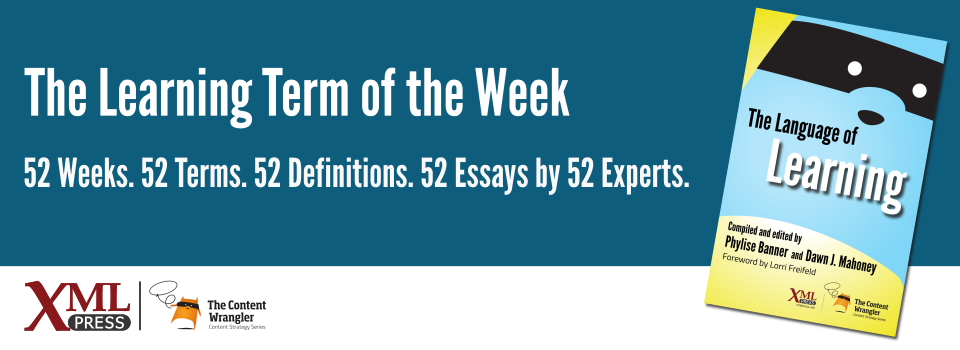What is it?
The purposeful use of data, technology and content to modify a person’s learning and support experience to address their proven individual needs.
Why is it important?
Scale is one of the biggest challenges facing modern learning and development (L&D) teams. It doesn’t matter if you’re a team of one or one thousand. It’s almost impossible to meet the changing needs of each individual you support. Unfortunately, this lack of time and resources often results in the delivery of generic, one-size-fits-all training that fails to meet anyone’s needs. Adaptive learning helps L&D overcome this obstacle through the strategic blend of modern data and technology practices. Adaptive learning systems adjust the learning experience to focus on each person’s timely needs. This may include tactics such as sequencing the delivery of digital content based on a person’s profile, reinforcing topics with which a person is struggling and nudging a person towards an additional learning opportunity based on their stated interests or goals.
Why does a business professional need to know this?
Adaptive learning uses tools like data analytics, algorithms, and artificial intelligence to present the specific content a learner needs to complete right now, based on what is occurring in the business or on the job.
A fundamental contradiction challenges modern business: agility is essential for maintaining pace with the ever-changing nature of work. Therefore, people must always be learning and developing to meet the present and future needs of the organization. At the same time, these same people are time-starved, feel overworked, and possibly lack the resources they need to do their jobs.
So, to keep the organization moving forward it is incumbent upon learning and development teams to be highly effective in presenting learning content that is economical and efficient. One way to do this is to make adaptive learning methods part of the workplace learning strategy. By applying the latest approaches to data, technology, and content, staff receives the learning and development support they need—when and where they need it.
Adaptive learning takes a variety of forms. For example:
- Resource recommendations
- Suggested reading or references
- Coaching guidance
- Targeted reinforcement
- Structured activities, such as challenges, scenarios, simulations.
Adaptive learning not only reduces the time an individual spends, by recognizing and leveraging their existing capabilities, it also adapts the learning experience to the individual. Adaptive learning is designed to identify and close knowledge gaps quickly, promote engagement, and scale development in ways that were previously impossible. Note: adaptive learning might also coincide with learners’ preferred method(s) for learning. See learner preference and personalized learning
References
- (Moskal 2017) 7 Things You Should Know About Adaptive Learning: Moskal, Patsy, Don Carter, and Dale Johnson. (2017). EDUCAUSE Learning Initiative, 2017. Web page with downloadable PDF.
- (Alexander 2021) Adaptive Learning: How Technology Is Breaking Down Barriers In Education: Alexander, Steve. (2021). Forbes.
- (Loffreda 2021) Adaptive Learning is the Future of Education. Are Education Networks Ready?: Loffreda, Daniele. (2021). Ciena.

